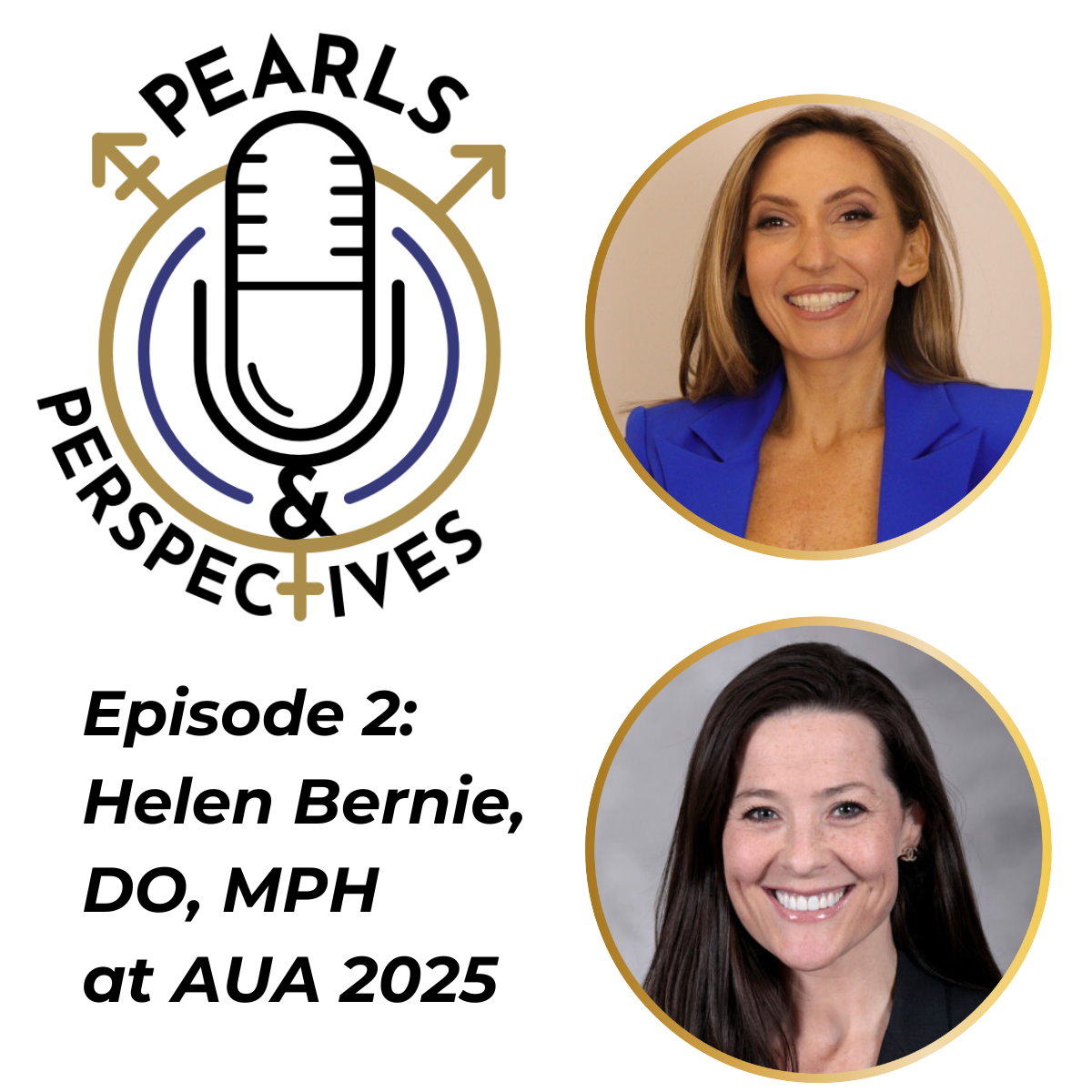Feature
Article
Experts develop prostate biopsy risk calculator for Black men
Author(s):
"We looked at people who were in the intermediate-risk zone, and we found that our calculator did do a better job of helping some of those men avoid unnecessary biopsies," says Adam B. Murphy, MD, MBA, MSCI.
In this interview, Adam B. Murphy, MD, MBA, MSCI, discusses key findings and takeaways from the study, “Development and validation of a prostate biopsy risk calculator in Black Men,” for which he served as the senior author.1 Murphy is a prostate cancer disparities researcher and a urologist at Northwestern University Feinberg School of Medicine in Chicago, Illinois.
Adam B. Murphy, MD, MBA, MSCI

Could you describe the background for this study?
I felt that the risk calculators that were available for urologists to use to counsel their patients were coming out with statistics that didn't seem to ever identify men with low risk of prostate cancer. It almost always was pushing my Black patients towards biopsy. I didn't know if that was true. So, I started to think about the way that the models work, which is that they tend to add an inflation factor for Black race. So, if a person was not Black, they have a 10% risk, and if they're Black, maybe that risk goes up to 15% to 20%. That risk increase is static across the whole distribution of risk, no matter what the age is, or the PSA [prostate-specific antigen] level is, and I didn't think that was true.
Our goal was to develop a risk calculator that we developed in a cohort of Black men, recruited from multiple sites in Chicago, and then see if we could validate that risk calculator that we came up with from historic patients in a prospectively selected group of Black men to see if it worked to predict their outcomes. We were going to do more than just the area under the curve descriptions that so many risk calculators provide. We wanted to see how well it was calibrated and how well the predicted risk match was observed in those same men. We wanted to compare it to established risk calculators, and in many ways, it performed a little bit better.
What were the key findings?
What I thought was missing from the other risk calculators was that they didn't seem to identify many Black men as low risk. When we looked at it a few years ago in 2019 or 2020, we showed that there were very few Black men who had ever been told they didn't need a biopsy. We looked at people who were in the intermediate-risk zone, and we found that our calculator did do a better job of helping some of those men avoid unnecessary biopsies. I think it's because they were more calibrated from the 0 to the 30% to 40% range of risk. There was better matching and it identified more low-risk men, and therefore more men would be able to avoid a biopsy that they didn't want to have.
Is any future work on this study planned?
The risk calculators that are out are not using biomarker and imaging data in them currently. Now, there are individual papers that definitely do, and there are nomograms that include biomarkers and MRI. Our job is to catch up and integrate those into our risk calculator. We have a trial that's doing that now. It's an R01 from the National Cancer Institute that is developing the cohort now.
Is there anything else that you’d like to add?
When you have either a very high-risk group or a very low-risk group for prostate cancer or for probably any disease, you have to recalibrate these tools that have developed in the general population for those different populations that are high- or low-risk, because those predictions will oftentimes not be calibrated well for the population. It's important for people to check how these risk tools perform in different groups of people. I don't think there's anything wrong with developing a risk calculator for specific groups. I think it provides more precision medicine and precision oncology for those folks. The people who probably need more risk calculators besides Black men in prostate cancer is probably Asian men, Hispanic men, [those] people who are at low-risk, so that they are also not getting over-biopsied and so that we have the right thresholds, and we check the calibration in those groups. I think it's a proof of principle of sorts.
Reference
1. Mistry NA, Sun Z, Sweis J, et al. Development and validation of a prostate biopsy risk calculator in Black Men. J Urol. 2024;211(2):223-233. doi:10.1097/JU.0000000000003774
Newsletter
Stay current with the latest urology news and practice-changing insights — sign up now for the essential updates every urologist needs.








